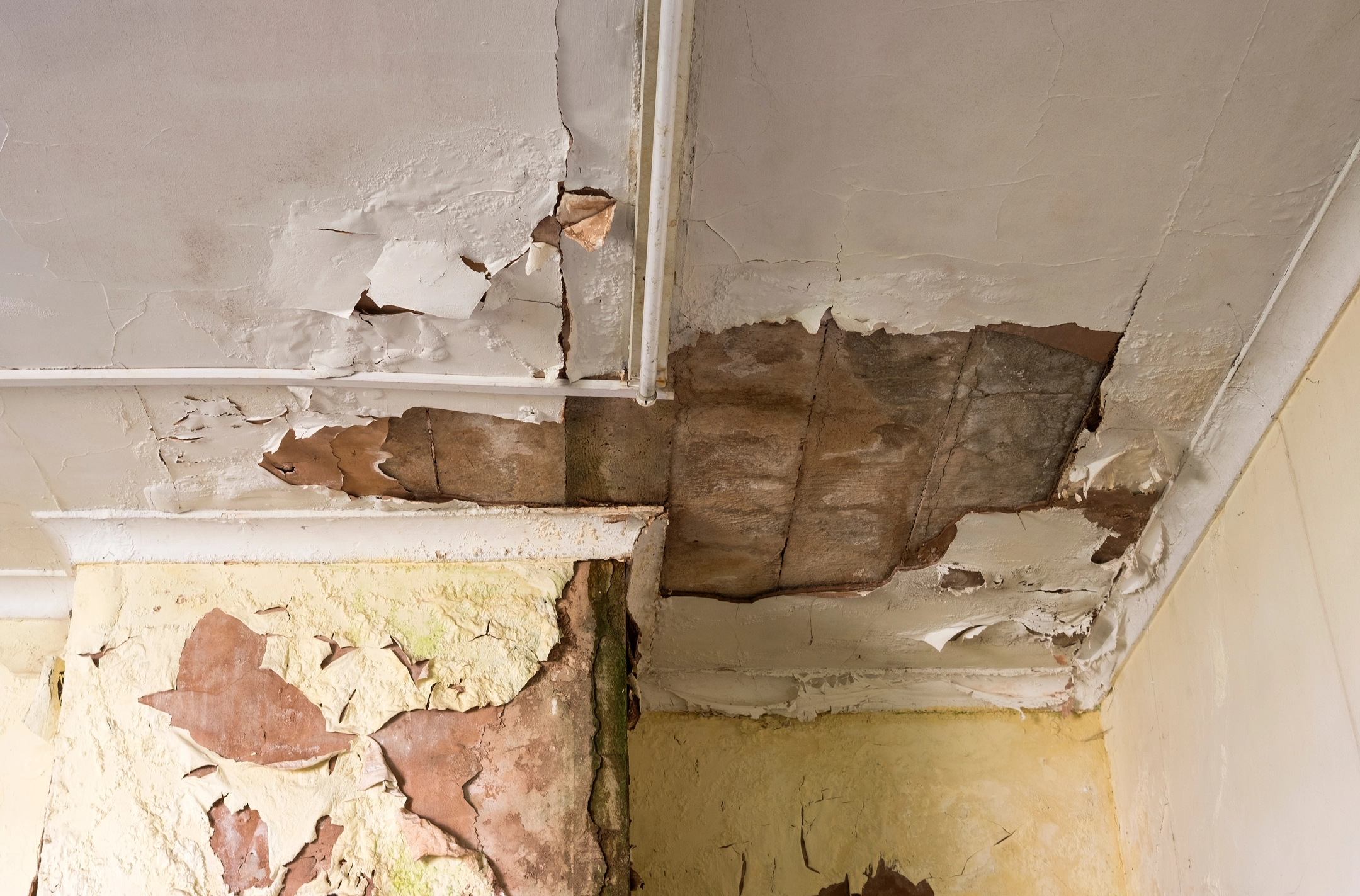
Water Damage Signs Can Indicate Age of Damage
When surveying water damage in your home or business, it may be difficult to determine how old the damage is. Often, new homeowners, those moving into an apartment, property owners in between tenants, or even those simply doing some redecorating come across water damage that gives them pause. The question becomes, is it superficial damage that requires minimal cleanup? Damage that has already been tackled at the source and is no longer a threat? Or something deeper that requires the assistance of a professional cleanup and restoration company like SERVPRO®? Considering the time-sensitive nature of finding water damage, it is important you gather as much information as possible before you take the next steps. If you have found what you believe is water damage, the following tips can help you determine if the water damage is new or old:
- If you can safely reach the area, try touching the water damage. You can determine a lot using this method; if the water’s still wet, and the surrounding walls and ceiling are firm, the water damage is new. However, if what you touch is squishy, as well as the surrounding walls, it is likely the water damage is old.
- Take into consideration the history of the home or business. Try to recall when any past damage occurred, if any, as well as its severity. Additionally, be aware of your location; consider how many storms the property normally experiences, and what the severe weather is like in your region. Ultimately, be aware of the layout and potential “hot spots” for water damage, as this factors into determining whether what you have discovered is new or old water damage.
- Look for decay in and around the area of damage, as that may indicate the damage has been there for an extended period.
- Keep an eye out for mold, as it can take several days to appear after water damage.
- Look for rings in the affected walls or surfaces. Just as the number of rings indicates a tree’s age, rings around water damage can help you determine whether the damage is new or old. A dark spot with no rings around it tends to mean the damage is new. However, if you see numerous rings of different shades, that can mean the area has gone back and forth between being soaked ,and dried and old.
- Lastly, examine the affected materials in general. Thicker paint and/or tiles can trap water, leading to leaks. Something as small as a minor water blotch can indicate there is water that’s been building up behind the materials for a long time, but, of course, more obvious signs, like ceiling bubbles from water, can point to increasing damage as well.
If you’re not sure it’s water damage to begin with please visit: What Are The Signs of Water Damage In Walls? Keep in mind, that just because water damage is old (or may appear old) doesn’t mean you should wait. If left unattended, water damage can get worse over time; how quickly that happens varies, depending on how much water is present, in what areas, and the age of the home or business. Make sure you know whatever is remaining is superficial by either getting an inspection or confirming with your property owner.
Remember, it's important to act quickly, even if you’re not sure you’re dealing with water damage. Here are different ways water damage can get worse:
- Water damage can spread the longer it sits unattended. Even an initially small bit of damage can grow worse and larger, becoming much more severe. Even if you don’t notice it at first, pipes can leak, causing severe destruction in a matter of days; what can become especially dangerous is when the water damage is hidden behind a wall or other obstruction.
- Flooding can occur, especially from aging appliances like washing machines and dishwashers.
- Foundations or electrical wiring can become compromised.
Call SERVPRO if you want an inspection of your property. Our detailed inspection process begins with an initial damage assessment, where our technicians will survey the scope of damage to determine the best course of action, as well as note any safety concerns or hazards that may be present, like asbestos or lead. At this time, it’s important the source of water is stopped as soon as possible if it hasn’t already. Once the water has been stopped, we’ll check for contamination, classifying the water into one of three categories. The category level indicates the degree of contamination. It’s important we make this determination, as the category affects the restoration process, and ensures we complete the cleanup to industry standards and specifications. Finally, we’ll move and block furniture, to help prevent rust or furniture stains on the carpet.
Remember, hidden water damage can be costly, so getting it fixed as soon as possible is of utmost importance. Whatever your case may be, SERVPRO can help. With over 2,000 franchises across the United States and Canada, we are uniquely positioned to provide individualized, local attention, with the support and resources of a national brand. Whether you have suffered from minor damage or something large, we understand water damage is a time-sensitive issue; SERVPRO is committed to helping you fix it. Call today, and we’ll make it “Like it never even happened.”®
Unless otherwise noted, each use of "SERVPRO," “us,” “we,” or “our” throughout servpro.com collectively refers to both the SERVPRO brand and the Servpro Franchise System, which is made up exclusively of independently owned and operated franchise locations.
*#1 Choice in cleanup & restoration based on Commercial and Residential Attitude & Usage Tracking studies. Polling 816 commercial business decision-makers and 1,550 homeowner decision-makers on first choice for future needs related to cleanup & restoration work. Studies conducted by C&R Research: Oct 2019 and Decision Analyst: Oct 2019.